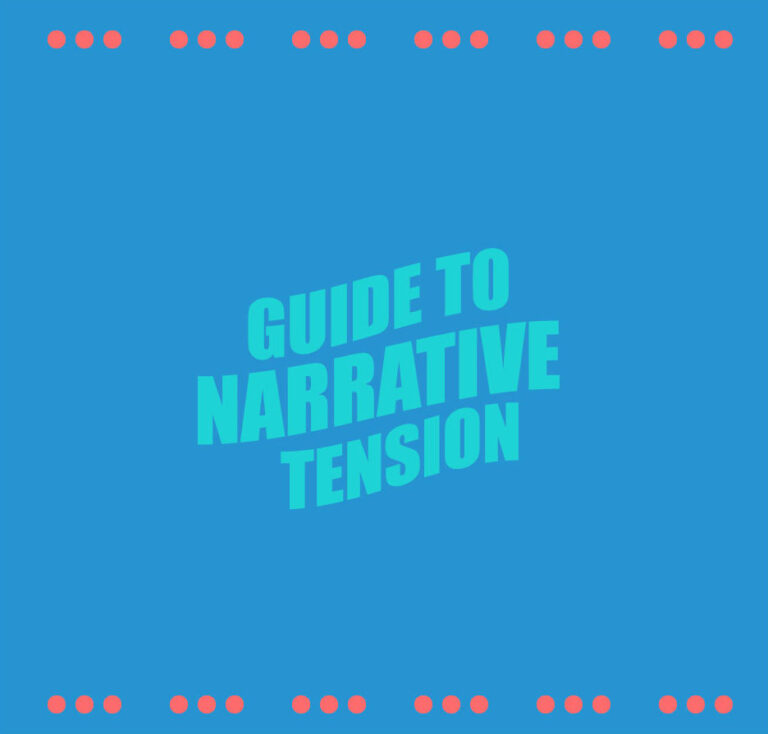Plosives are some speech sounds that are produced to speak a particular letter. These letters are b, d, g, t, k, p, and k. The phonetics of these letters require speakers to close the air passage and then force the air out to produce the sound. I know it might be sounding a bit confusing, but don’t worry, there’s a reason why I said plosives will be explained in simple terms.
Words are spoken and words are made of letters, each letter having its own distinct phonetic sound. These letters are classified into different categories based on the type of sound they produced. The sound of vowels can be produced without touching your lips. Try saying a, e, i, o, u without closing your mouth. Now try saying j with your mouth open. Doesn’t work, does it?
The sound made for plosives
The plosives are categorized into three categories; bilabial, velar, and alveolar. These categorizations are based on the parts of the mouth used in producing different sounds. Here are the letters for each category;
Bilabial: p and b
Velar: k and g
Alveolar: t and d
Palatal: c
Bilabial: Bilabial means two lips. To produce the sound of p and b, you’ll have to close your lips, fill your mouth with air, and then open your mouth, releasing the air stored inside. This produced the phonetics of these two letters. Here are some words you can say so that you don’t keep repeating the same alphabet again and again; parked, bing, people, babble, buy, apt, etc.
Velar: Velar is when the soft palate (interior roof of your mouth) and tongue are used to produce the sound. The letters k and g contort your mouth by touching the backside of your tongue with the soft palate. Try saying king, great, kite, give, etc slowly and notice how subtle the contact is.
Alveolar: Here. the front portion of the tongue and the alveolar ridge (just behind the back of your upper teeth) touch to push the air out and produce the sound. The letters are t and d and when you speak these letters, you can notice your tongue rolling slightly as you slide it over the alveolar ridge, pushing the air out and saying, let’s say, time, dime, terrible, fate, fade, attack, glade, etc.
Palatal: The use of the hard palate and the tongue with the ejection of air produces the sound of c. These are not the sounds of words where c is used phonetically as k but as s. Examples of such words are celebrate, ceremony, etc.
Voiceless and voiced plosives
There’s another division of plosives; voiceless and voiced. These terms do not mean that one requires voice and the other doesn’t. What this means some plosives require the vibration of the vocal cords (voiced) and some don’t (voiceless).
Voiceless: p, t, c, and k
Voiced: b,d, and g
There are other plosives as well, but they are not used in the English language. Examples include retroflex, uvular, glottal, and epiglottal plosives. Plosives are the reason why some language sounds so different even though they use the same sounds, and why accents are so unique to languages.
This concludes the article. But why stop here? Why not read more interesting articles to improve your writing? Take a look;
- Writing styles and text structure: Why you never stick to one form of writing.
- Why your story should not have just one inciting incident
- How to build narrative tension in your story like a Pro







